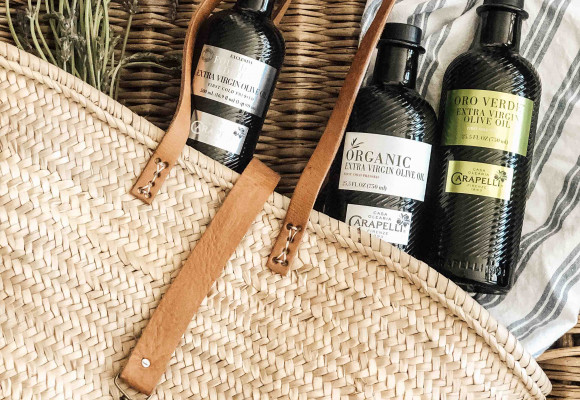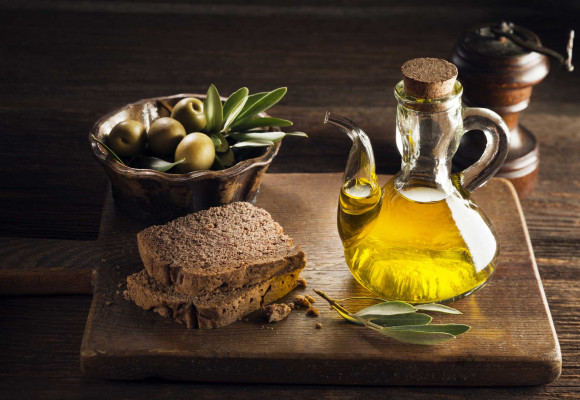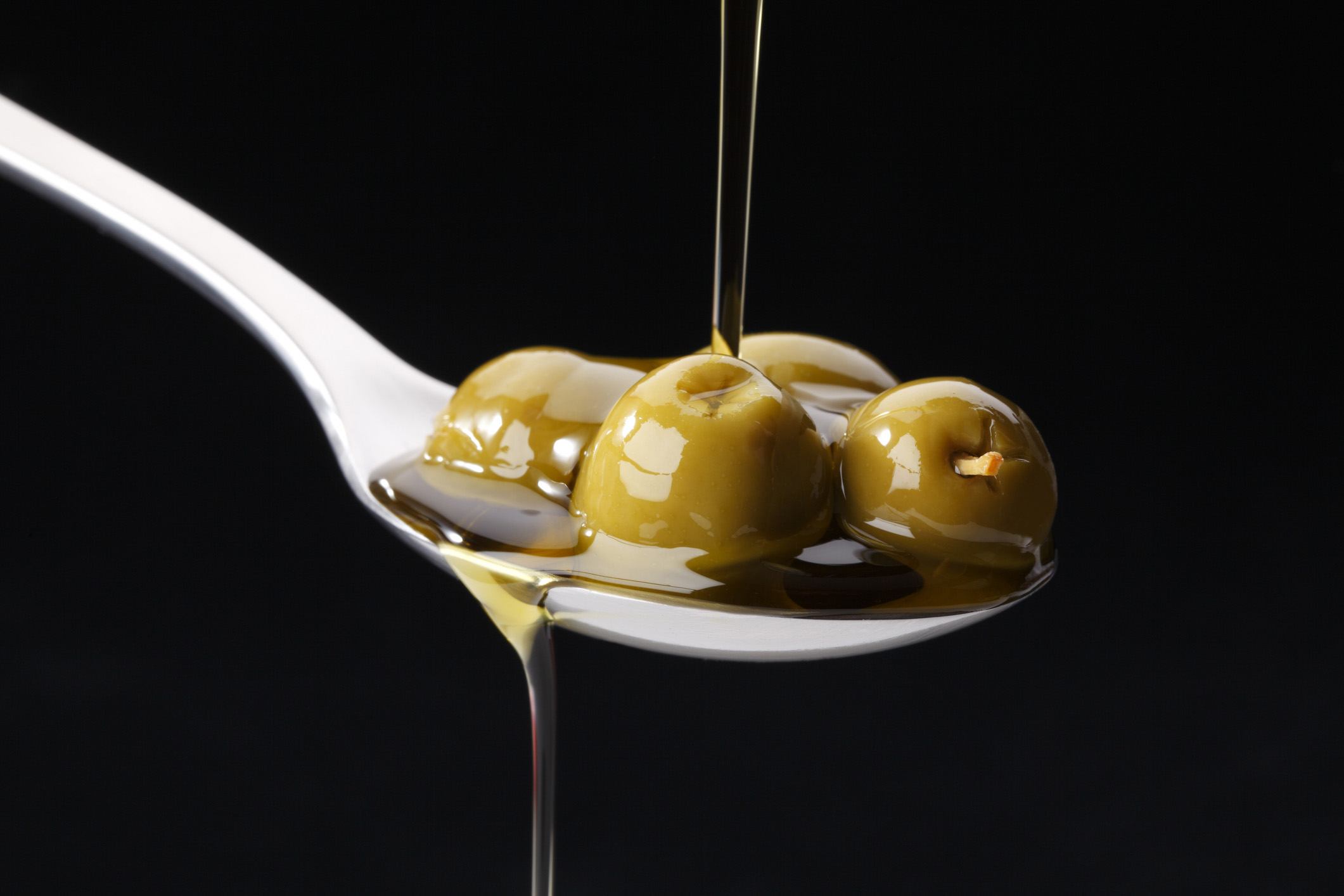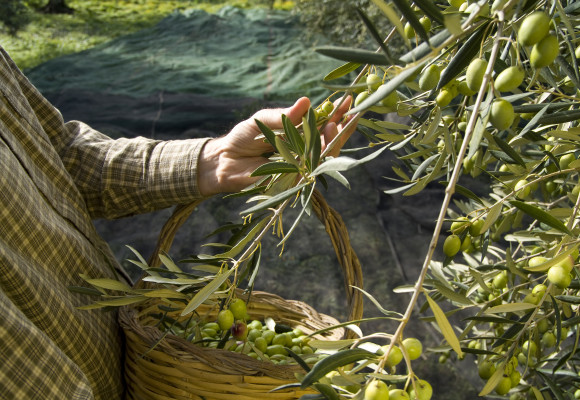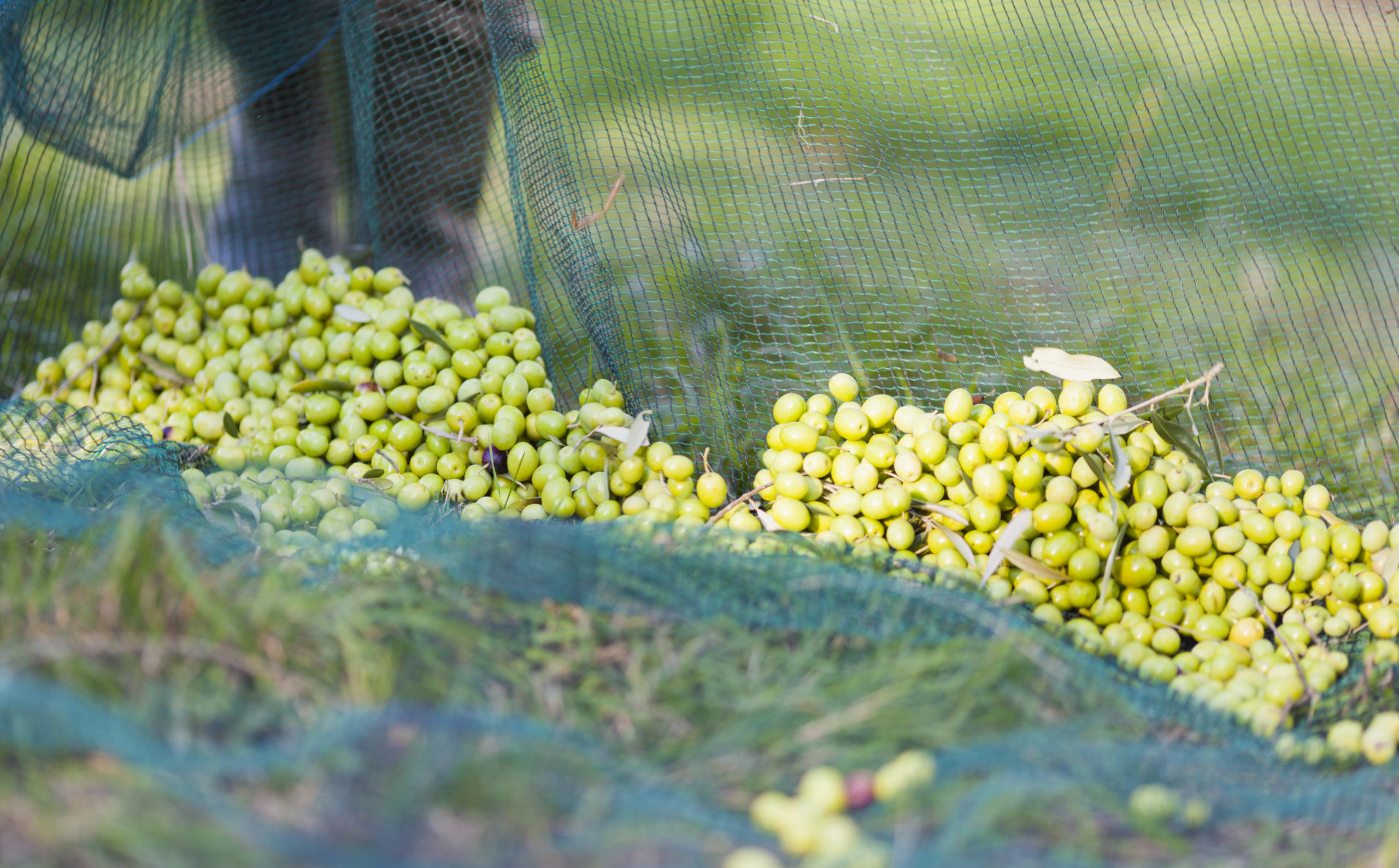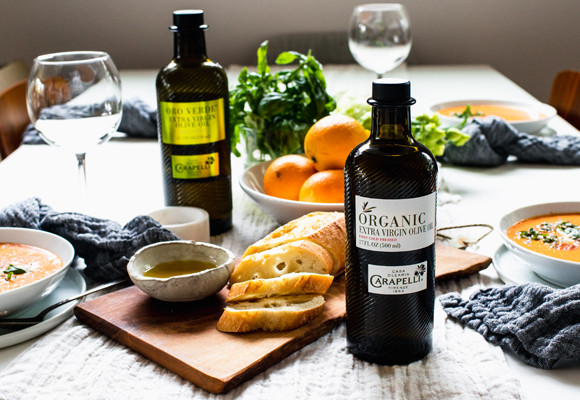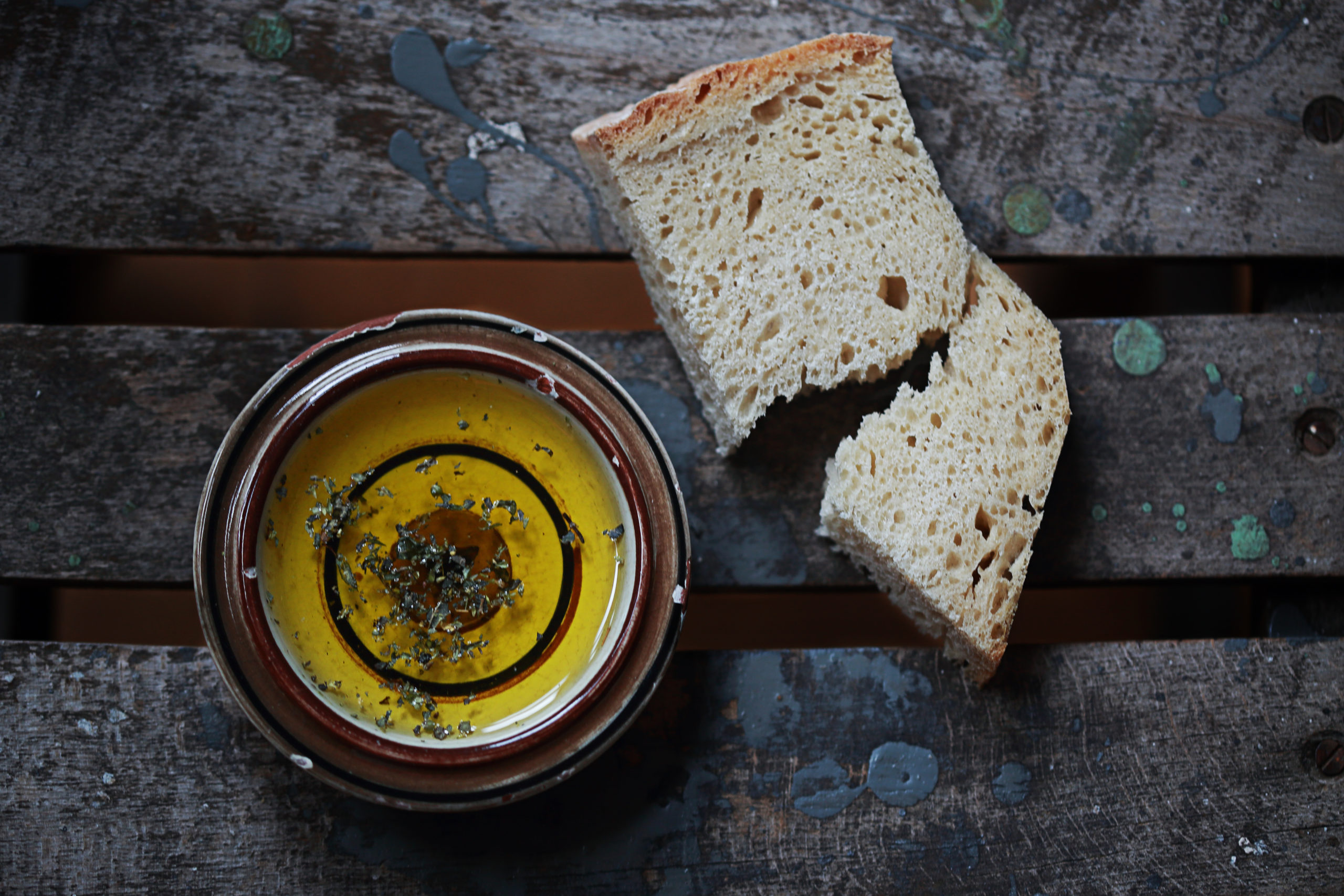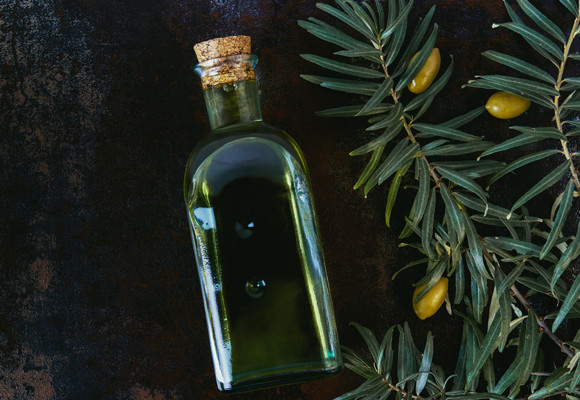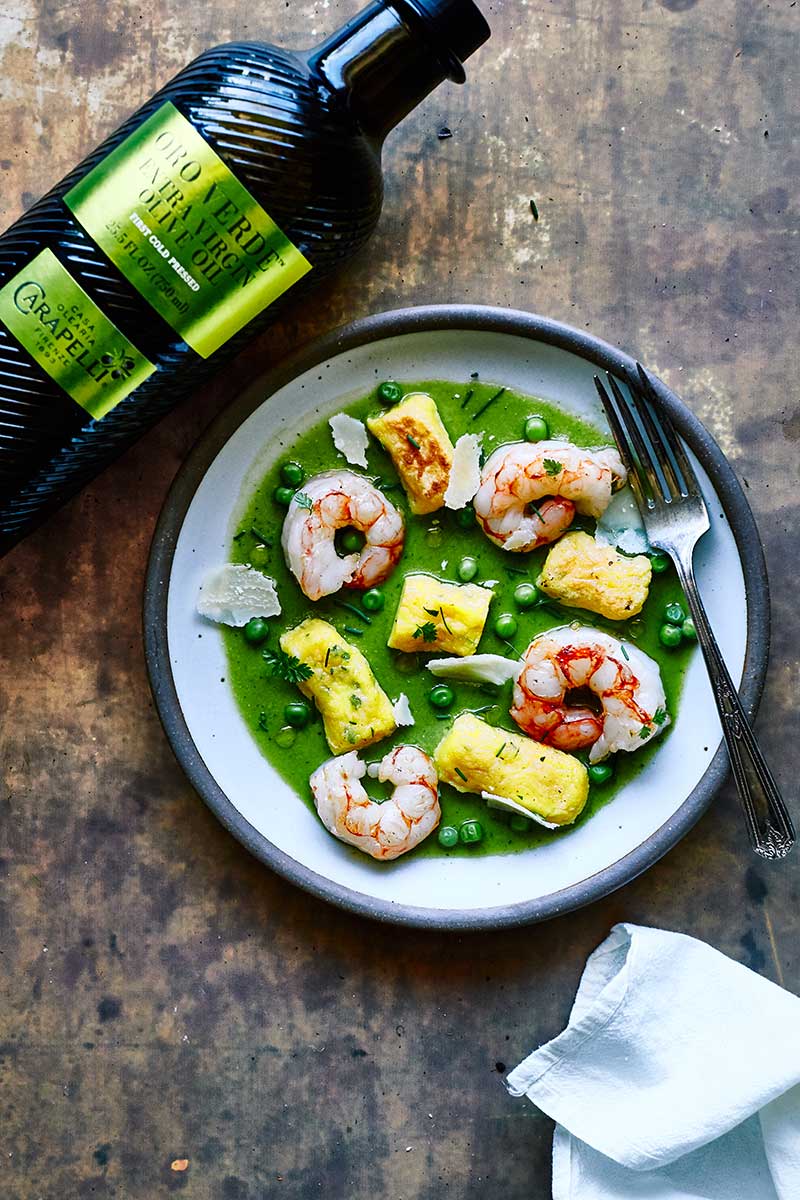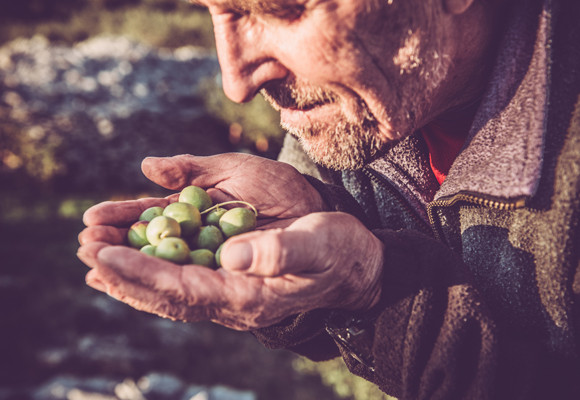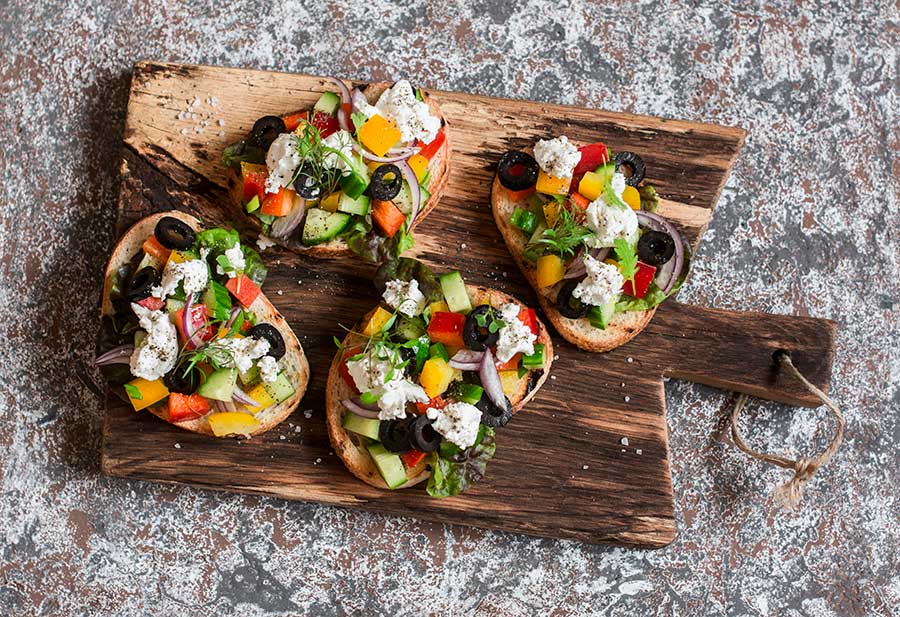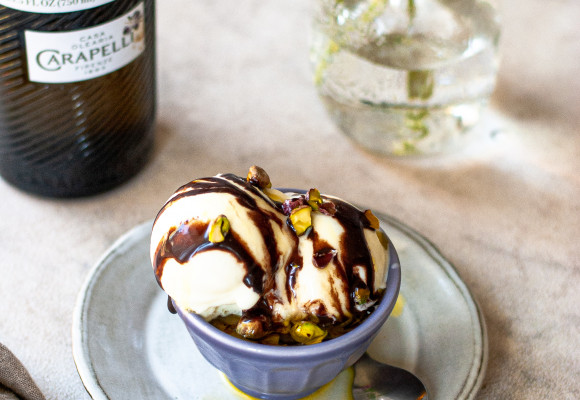Olive oil is derived from the fruit of the olive tree: the olive, and thus forms part of the vegetable oil group. Originating from the vegetable kingdom, you might think that all oils belonging to this group are equally healthy. However, this is not the case. Each vegetable oil has properties that make it more or less healthy. So, knowing the difference between olive oil and other vegetable oils is essential for your health.

WHAT DETERMINES THE QUALITY OF AN OIL?
As you are well aware, oils are made up of fatty acids, and their quality largely depends on the amount of monounsaturated, polyunsaturated or saturated fatty acids that they consist of.
Monounsaturated fatty acids are the healthiest for the cardiovascular system, followed by polyunsaturated fatty acids, which are also considered beneficial but to a lesser degree. However, saturated fats are harmful to your health, and it is important to avoid foods that contain them in large quantities.
THE BEST VEGETABLE OILS
Having said that, all that remains now is to decide who wins the contest between olive oil and other vegetable oils.
As an example let’s take sunflower oil, one of the oils that is most widely consumed on a regular basis. The monounsaturated fatty acid content in this oil is only 16%; on the other hand, 72% of its contents are polyunsaturated fatty acids. It is a good oil, but it could be better. One such better oil could be extra virgin olive oil, which has 75% monounsaturated fatty acids and 10% polyunsaturated fatty acids.
I could carry on comparing olive oil with other vegetable oils on the market, but it would take up too much of your time because, ultimately, olive oil is the one that contains the most monounsaturated fatty acids. So whenever you plan to consume a vegetable oil, think of your health. Choose an optimum quality extra virgin olive oil.
Source: Heart.org

